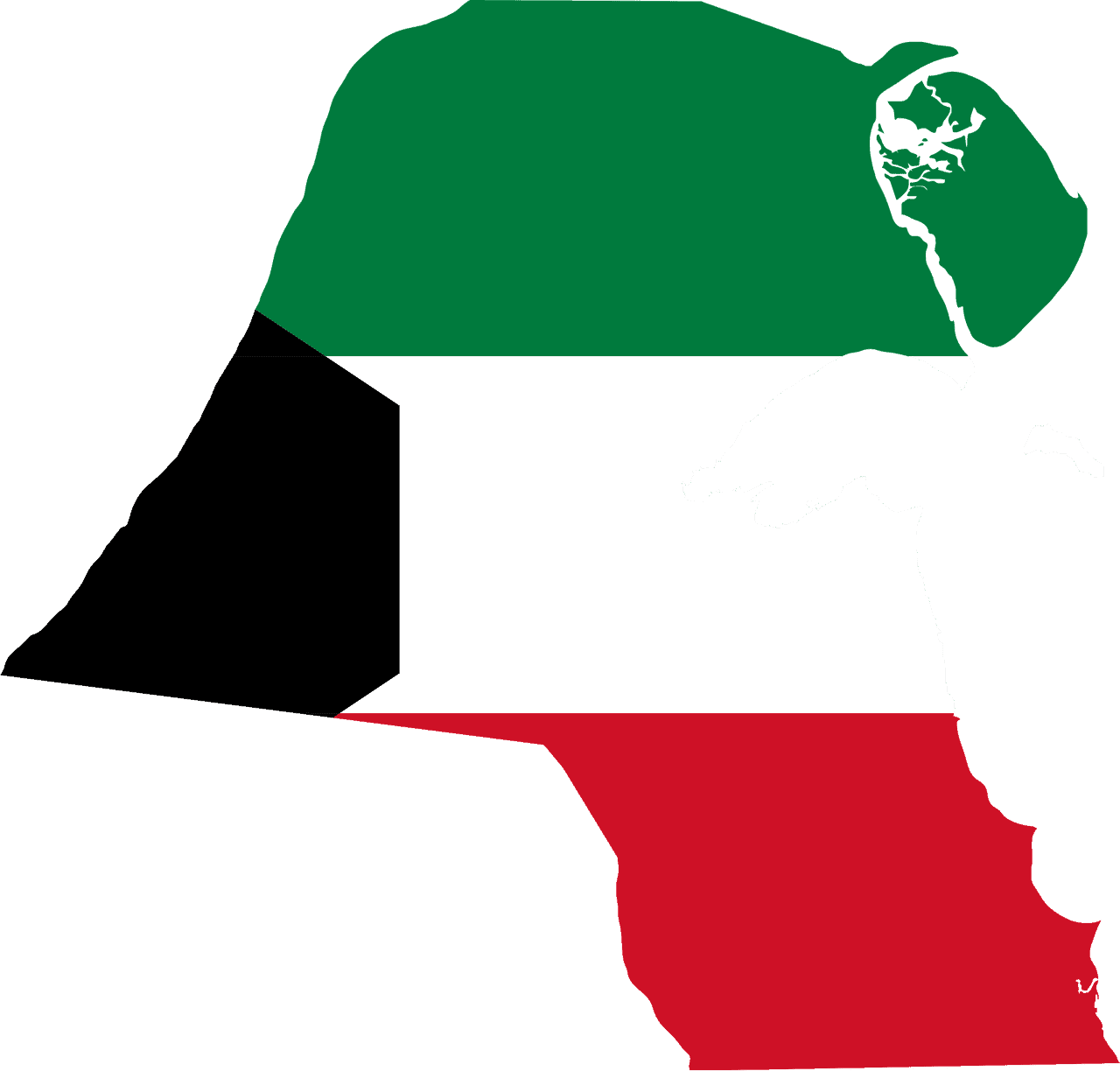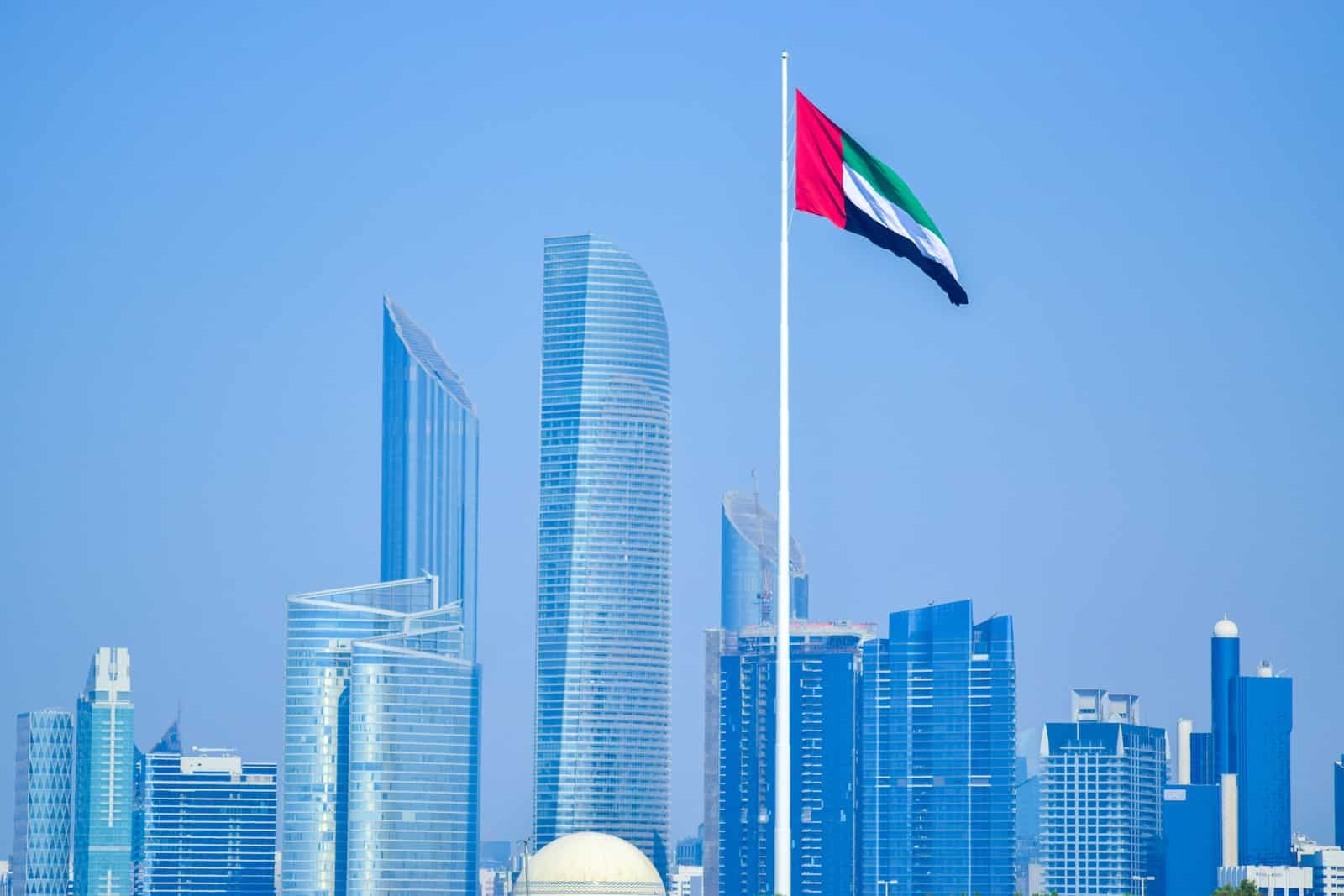Both Kuwait and the United Arab Emirates are two different countries situated in the Arab Peninsula. They are confused with being the same due to their proximity. However, the two can have distinct characteristics that help distinguish them, such as their location, economic status, forms of government, and many other differences.
Kuwait vs United Arab Emirates (UAE)
The difference between Kuwait and UAE is that Kuwait is a small single-state country located on the Persian Gulf between Saudi Arabia and Iraq on the north-western coast. In contrast, UAE, more commonly known as the United Arab Emirates, is a union or federation of seven emirates, a territory ruled by an emir (a monarch) along the southeastern coast of the Arab Peninsula.

Kuwait is obtained from the Arabic word ‘akwat,’ which translates into a fortress built near a body of water. The country consists of 9 islands, which provide stature to its meaning. The political body comprises an appointed judiciary, a government, and a nominally elected parliament. It is famous for its exotic culture, cityscape, and dunes, making it one of the most prominent Persian Gulf States.
UAE is more of a federation than a single state entity consisting of seven autonomous emirates. Each emirate or territory is governed by an emir who comes together to form a Federal Supreme Council. The petroleum produced primarily in the Abu Dhabi Emirate boosts the country’s economy.
Comparison Table Between Kuwait and United Arab Emirates (UAE)
| Parameters of comparison | Kuwait | United Arab Emirates |
| Geo-political Standing | A single state entity located on the north-western coast of the Persian Gulf governed by a constitutional monarchy. | A federation of seven emirates located on the south-eastern coast governed by a federal monarchy. |
| Capital | Kuwait City | Abu Dhabi |
| Currency | Kuwait Dinar [KWD] | Dirham [AED] |
| Establishment | In the year 1613 and while gaining independence in 1961 | In the year 1708 while gaining independence in 1971 |
| Economic status | A petroleum and natural gas-dependent economy | A petroleum and natural gas dependent economy |
| Fiscal Year | April to March | January to December |
What is Kuwait?
Kuwait is a single-state country or a small emirate between Iraq and Saudi Arabia in the northwestern region of the Persian Gulf. It was a trade port between Mesopotamia, now known as the Middle East, India, and Persia, now Iran. It is an emirate which an emir or monarch rules and the ruling family is the Al Sabah family, which primarily dominates the political system of Kuwait. The official language of Kuwait is Arabic, with Islam being its official religion.

Kuwait is famous for many things, from the liberation tower soap operas to its oil reserves. The liberation tower is one of the important buildings in Kuwait, as it signifies the liberation of Kuwait from Iraq. Although Kuwait has no natural source of water supply, it still has one of the best qualities of water due to the highly advanced technique of desalinization of water. It is among the wealthiest countries globally, with the most revenue from famous oil reserves. At the same time, other contributing sectors include tourism, agriculture, and finance.
Kuwait’s diversity is reflected in different cuisines, from Indian Chappatis to Egyptian food. Kuwait is home to many immigrants who are citizens of other Middle Eastern countries and beyond. Although the official religion is Islam, Kuwait has not barred the practice of other faiths; hence, a combination of different religions can be seen here. The social norms and traditions influence the cultural setting; however, Kuwait has adapted to numerous aspects of Western culture.
What is United Arab Emirates (UAE) ?
The United Arab Emirates is an alliance of seven emirates situated at the eastern end of the Arab peninsula in Western Asia. In 1971, six emirates: Abu Dhabi (which covers the most land area out of the seven emirates), Sharjah, Umm Al-Quwain, Dubai, Ajman, and Fujairah came together to form the federation, while Ras Al Khaimah joined the union in 1972.

The political structure of the UAE includes three councils – the Supreme Council, comprising the emirs of each emirate, the Federal National Council, and lastly, the Council of Ministers. 40 members make the Federal Council, among which one half is appointed, and the other half is elected. In addition to the three councils, each emirate has its legal system and representatives.
After Saudi Arabia, the UAE is the wealthiest economy in the Middle East, calculated per capita. Since the union, UAE has significantly increased its infrastructure, international events, and trade practices with Australia’s largest trading partner. Coastal plains, rocky deserts, and waterless mountains contribute to the region’s diverse environment. People from various nationalities and ethnic groups can be found here, combining ancient customs with modern technology.
Like Kuwait, the official religion of the UAE is Islam. However, it has not imposed any restrictions on the practice of other faiths, and a growing number of people with different religions are seen here. Petroleum dominates the nation’s economy and is predominantly produced in Abu Dhabi. The world’s biggest oil reserves can be found in Abu Dhabi. These reserves contribute a remarkable amount to the national budget. Additionally, business is the main contributor to the economy instead of oil in Dubai, which helps build the emirate as a ‘commercial hub.’ This switch has helped the country to diversify economically.
Main Differences Between Kuwait and United Arab Emirates (UAE)
- Kuwait is a single-state entity situated in the Persian Gulf in the northwestern region governed by a constitutional monarchy. In contrast, UAE is a federation of seven emirates on the south-eastern coast governed by a federal monarchy.
- The capital of Kuwait is Kuwait City, and UAE’s capital is Abu Dhabi.
- Kuwait’s currency is the Kuwait Dinar [KWD], whereas UAE’s is Dirham [AED].
- Kuwait was established in 1613 while gaining independence in 1961. In contrast, UAE was established in 1708 while gaining independence in 1971.
- The economy of Kuwait is a wealthy petroleum-based economy, whereas UAE’s a petroleum and natural gas-dependent economy.
- The fiscal year of Kuwait starts on 1st April and ends on 31st March of the following year. In contrast, UAE follows the calendar year of January to December.
Conclusion
Both Kuwait and the United Arab Emirates are countries situated in the Middle East with flourishing economies. One main factor distinguishing the two countries is that Kuwait is a single-state entity, whereas UAE is a federation of seven emirates. Additionally, the land covered by the UAE is significantly greater than Kuwait’s.
While the economies of both countries are doing well, the economy of Kuwait is still mainly dependent on petroleum, which restricts the number of sources that contribute to the country’s economy and can be a hindrance if there is a fluctuation in the petroleum sector. However, UAE’s economy depends on other factors, such as business, tourism, and oil, which contribute to the economy. Lastly, both countries have a similar political system with a high terrorism rate.